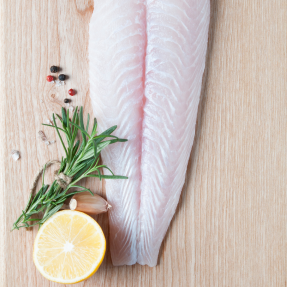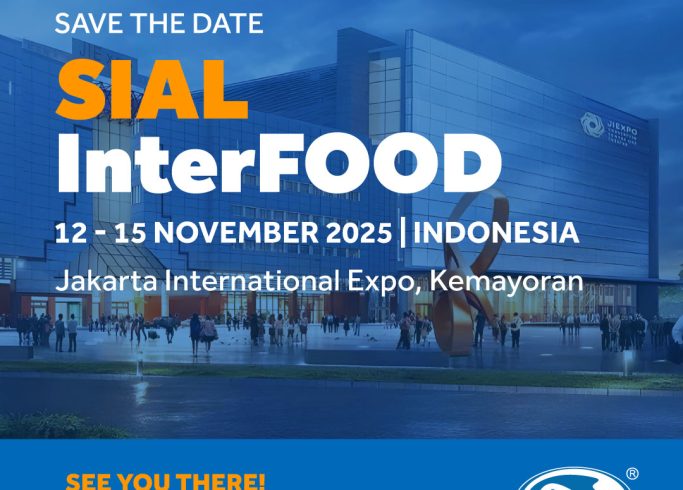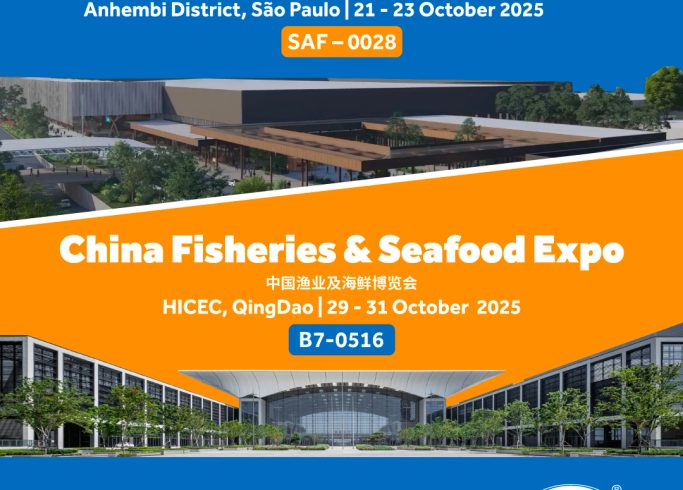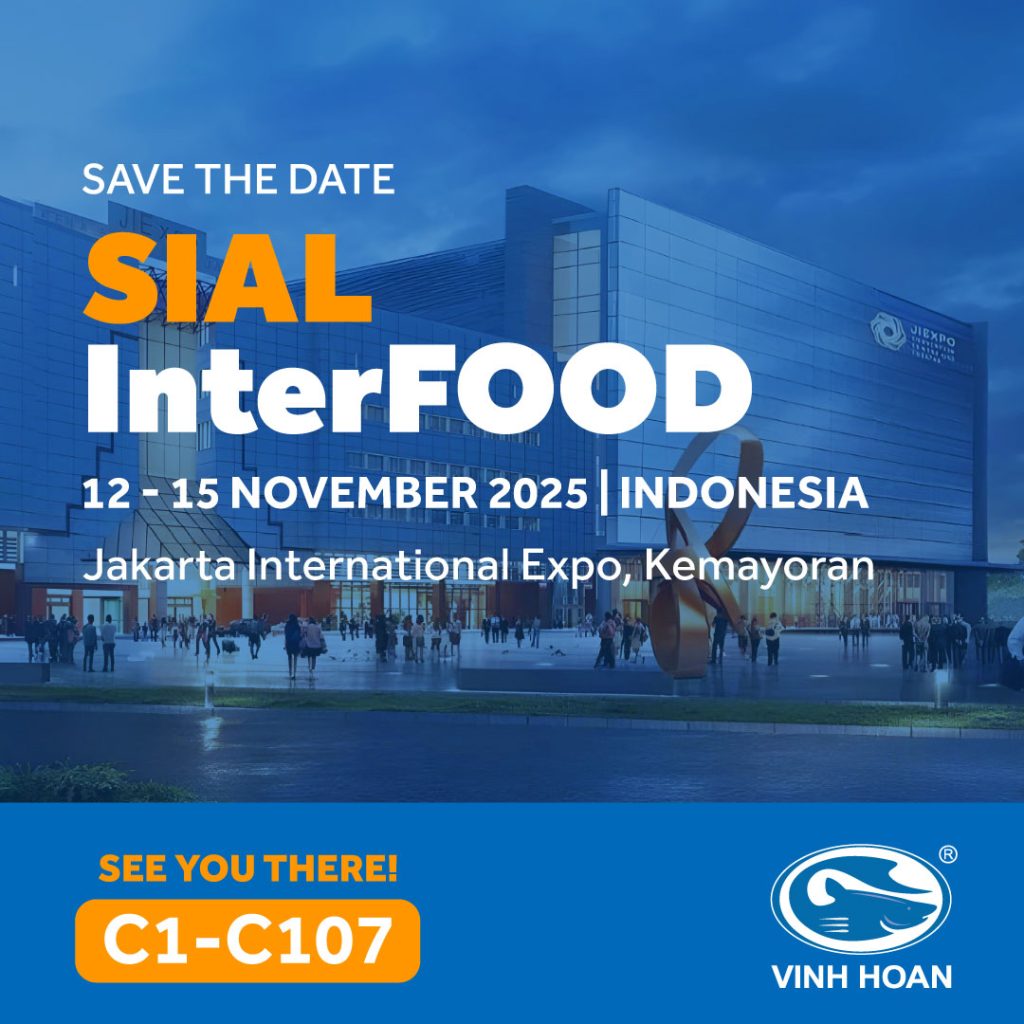[Industry news] Pangasius prices continue to firm and supply remains short
11 January 2018
It seems whitefish buyers may not find cheap prices for farmed fish.
According to a mid-December update from Siam Canadian Group, a Bangkok, Thailand-based frozen seafood supplier, Vietnamese farmed pangasius prices continue to firm, and supplies are expected to remain short for some time.
“Over the past week, many pangasius processors and exporters are declining to make new offers, and we are seeing some delays and even cancellations for existing orders to many different destinations from pangasius exporters,” the company said in the market update.
Many farmers are now only selling raw material on a cash basis, as some major processors are experiencing cash flow issues, it added.
Late in November, Undercurrent reported that prices were expected to continue rising into 2018.
They peaked early in September, on limited availability of raw materials, and stabilized for a time at $2.55 per kilogram, delivered to the EU freight-on-board from Ho Chi Minh City.
One EU importer, and a Vietnamese processor and exporter, confirmed that prices had reached $2.70/kg 100% net weight, standard glaze, at the end of November.
For tilapia in China, raw material prices are pretty stable. According to an industry source, 500-800g raw material was at RMB 8.60/kg on Dec. 20, having been at RMB 8.40 on Dec. 10. A year ago, tilapia raw material prices were CNY 7.80/kg.
“So far, the raw material price is quite stable. I would believe for December, the raw material will still stay the same range. But after Chinese New year, the raw material should go up significantly following the usual trend,” he said.
Sharing about the outlook for the industry, Jim Gulkin – Managing Director at Siam Canadian said “Pangasius markets will continue to change rapidly; Vietnamese exports to EU will continue to drop, exports to China and other Asian countries will continue to rise and I expect the US market will stabilize to some degree as the handful of Vietnam processors who can ship to the USA become more accustomed to the new USDA inspection regime. Regulation and certifications for sustainability, environmental as well as labor issues will continue to grow in importance. The industry will continue to grow more complicated and this may result in some shaking out within the industry.”
(Source: Undercurrentnews, Intrafish)















